What we do


In the vast digital landscape, the amount of data available can quickly become overwhelming. How can you understand it and make sense of it? How can you use this information effectively to nourish the user experience Bassan’s data analysis methods provide enlightening answers that can build a strong foundation for creating new products and services.
01
When are they used?
Mainly at the beginning of the design phase, during the needs exploration.
Objective
Identify the key success factors of the area in question in the form of a strategic analysis.
A market check is necessary before launching or modifying your product or service. Is the market saturated? Who are the important players and how are they positioning themselves? How will your offer stand out?
How do we go about it?
To kick off the process, we suggest making a comparison between your competitors’ offerings and the expectations of your target users.
Clear strengths and weaknesses will emerge from this step, as will an opportunity to properly position your product or service.
02
When are they used?
Mainly before the design phase of a new product or service.
Objective
Show the journey and main interactions of the user.

Represented in rough diagrams, the user journey shows the big idea behind each of the main interactions that the user will have to undertake.
This process allows us to think through the user flow experience leading to the final design, by eliminating unnecessary interactions and adding missing ones.
Key moments in the interactions
Various sources are used to identify and understand the key interaction moments between the different parties involved in a service. User journeys provide a clear and nuanced view of the experience, highlighted by pain points as well as moments of customer delight.
Viewing the key moments of the experience to bring it to life more vividly.
03
When are they used?
After identifying the characteristics and needs of end users.
Objective
Create portraits of the end users of a website or app to make informed decisions about which functionalities to include.
Understanding the profile types of your users is good for you . . . and for them!
What are personas and user stories?
A persona is a representation, in human form, of a future user of a product or service. Rooted in reality, the persona is created based on detailed analysis of previously gathered data. It is an invaluable tool for portraying the needs, expectations and realities of the main user profiles.
Personas are very useful for guiding the creation and evolution of a digital or traditional ecosystem. This is because they provide clues as to what is relevant or not for a particular user profile.
Personas can be used to stimulate productive brainstorming discussions focused on the needs and expectations of users. Also, they can save development time by eliminating unnecessary functionalities or services.
Personas can include user stories. These offer users’ perspectives on their needs and the functionality of a website or other digital experience. The texts are generally brief and written in the user’s own words. Beyond simple descriptions, user stories help design teams to understand precisely why they’re designing something.
What can be achieved with personas and user stories?
Since they portray precise characteristics of the target groups, personas are an excellent tool for communication, marketing and advertising departments.
Ready to get started?
Request a quote